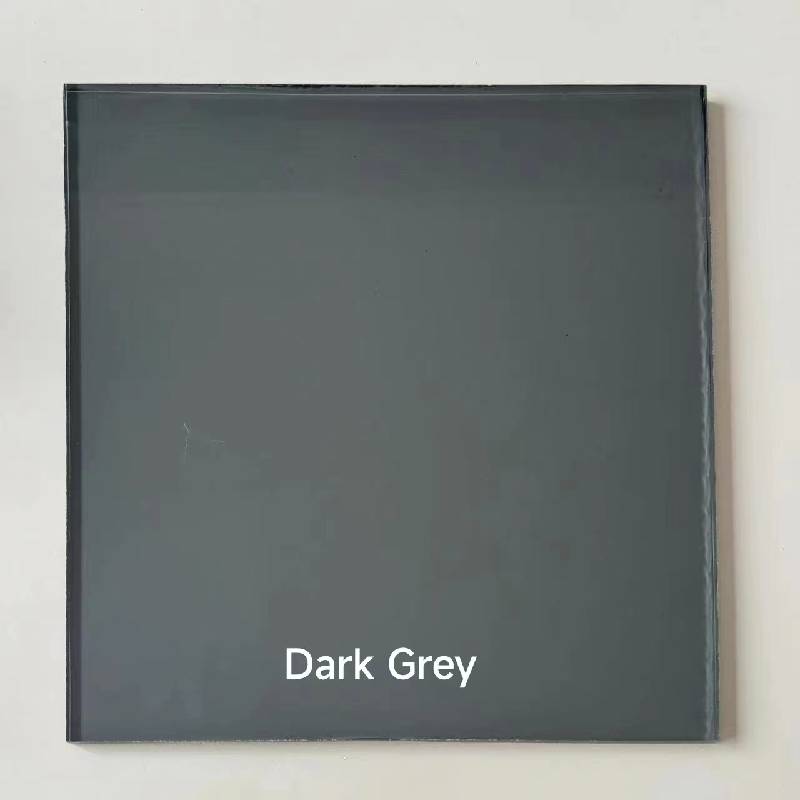

The Process and Significance of Tin Bath Float Glass Production
The creation of float glass, a fundamental component in modern architecture and technology, hinges on a remarkable process known as the tin bath method. This innovative technique revolutionized glass manufacturing in the mid-20th century, providing a means to produce high-quality, flat glass with exceptional clarity and uniform thickness.
The Process and Significance of Tin Bath Float Glass Production
One of the primary advantages of float glass produced in a tin bath is its remarkable clarity. The resting position on liquid tin eliminates a range of defects commonly found in other manufacturing methods, such as bubbles and distortions. As a result, float glass is known for its optical quality, making it an ideal choice for windows, mirrors, and other applications where transparency is critical.

Moreover, the manufacturing efficiency of the tin bath process is noteworthy. Continuous production lines allow glass sheets to be formed at a rapid pace, significantly reducing production costs. As sheets of glass are cut to size, this efficiency translates to economic benefits for manufacturers, enabling them to meet increasing global demand without compromising quality.
The applications of float glass are vast and varied. In architecture, it is used extensively in facades, windows, and skylights, allowing natural light to permeate indoor spaces while providing excellent thermal and acoustic insulation. In the automotive industry, float glass is essential for windshields and side windows, enhancing both safety and aesthetics. Additionally, it serves as a substrate for significant innovations, including low-emissivity coatings that improve energy efficiency in buildings.
Environmental considerations play a crucial role in modern float glass production. The tin bath method is relatively environmentally friendly, as it reduces waste and energy consumption compared to traditional glass-making methods. Advances in technology are also focusing on recycling and sustainability, ensuring that the industry meets contemporary ecological standards.
In conclusion, the tin bath float glass method signifies a monumental leap in glass production technology. Its ability to create high-quality, flat glass has had far-reaching implications for architecture, automotive manufacturing, and countless other industries. As technology continues to evolve, the float glass industry remains poised to adapt and innovate, paving the way for even more sustainable and efficient practices in the future.